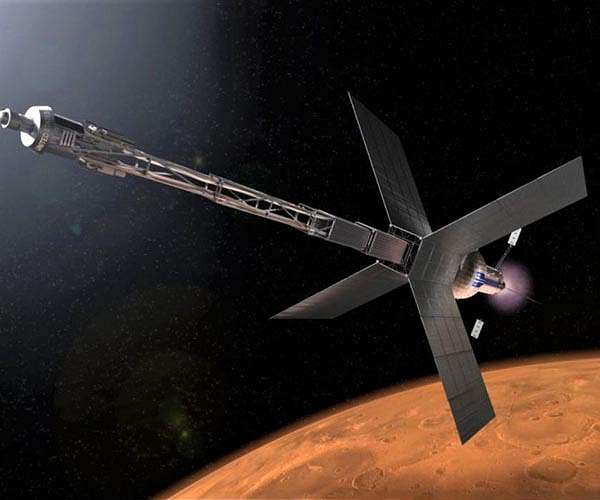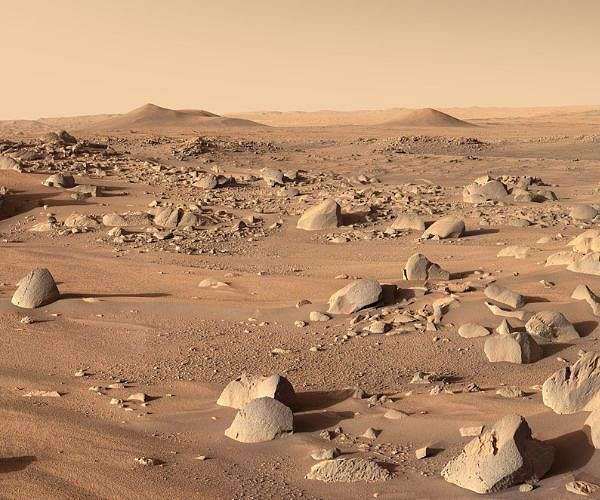On Tuesday, September 10th, at 5:23 a.m. EST (03:23 p.m. PST), the Polaris Dawn mission launched from NASA’s Kennedy Space Center in Florida, carrying a crew of four to Low Earth Orbit (LEO). This mission is the first of three that comprise the Polaris Program, a private spaceflight program organized by entrepreneur and private astronaut Jared Isaacman and financed by SpaceX. Since launching, the Resilience Crew Dragon spacecraft has flown higher than any crewed mission since the Apollo Era and passed through parts of the Van Allen radiation belt.
Earlier today, the crew carried out the first private spacewalk in the history of spaceflight!
Footage of the spacewalk was taken from Isaacman’s helmet camera and shared via the Polaris Program’s X account. The footage shows mission commander Jared Isaacman egressing from the spacecraft’s forward hatch. Then, amid the raucous cheers from the mission controllers, we see Isaacman looking down on planet Earth from an altitude of about 738 km (~460 mi). He can be heard in the video recording saying, “SpaceX, back at home, we all have a lot of work to do, but from here, Earth sure looks like a perfect world.”
The footage then switched to the spacecraft’s nosecone camera, which shows Isaacman emerging from the forward hatch against the background of Earth.
In addition to Isaacman, the crew included mission pilot Scott Poteet, a retired pilot from the United States Air Force (USAF); mission specialist and SpaceX senior space operations engineer Sarah Gillis; and mission specialist and medical officer Anna Menon, SpaceX’s lead space operations engineer and mission director. This was the first flight for all crewmembers, except for Isaacman, who is returning to space for a second time after the successful Inspiration4 mission – the first all-civilian space mission that flew from September 16th to 18th in 2021.
In addition to performing the first commercial spacewalk and testing the SpaceX-designed Extravehicular Activity (EVA) spacesuits – an upgraded version of the intravehicular (IVA) suit – the mission’s main objective is to better understand the effects of spaceflight and space radiation on human health. To this end, the spacecraft is orbiting through parts of the Van Allen radiation belt while multiple sensors actively monitor the crew’s health. Upon their return, they will also submit biological samples, which will be analyzed and kept in a long-term Biobank.
The crew will also test Starlink’s laser-based communications in orbit to provide data for future space communications systems. All of this research is intended to advance our understanding of the hazards of long-duration spaceflight and develop the necessary technologies to enable extended missions to the Moon and Mars in the coming decades. The Polaris Dawn mission will return to Earth on September 15th after spending five days in space.





No comments! Be the first commenter?